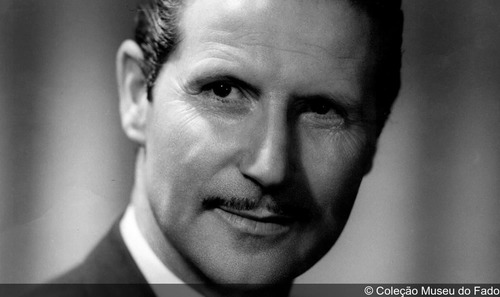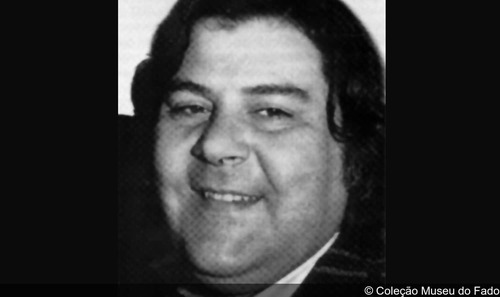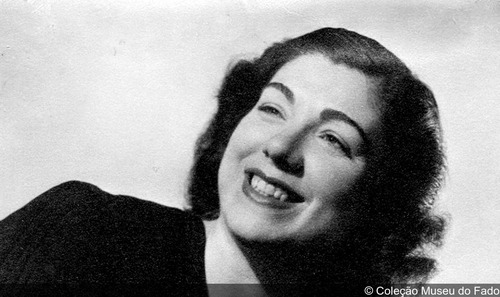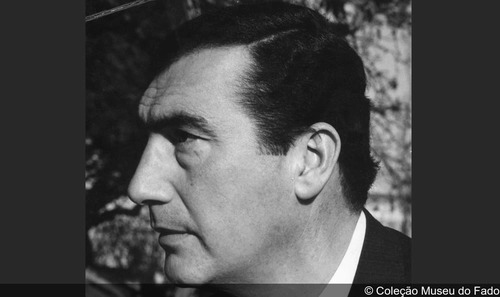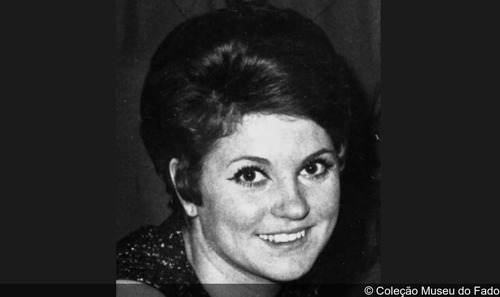Fado Route
Visit typical fado neighbourhoods and discover unforgettable places.
Artists
Joel Pina
17 February 1920 (Classical guitar player)
Joel Pina is a central figure in the history of fado for his virtuoso talent as a musician and for his key role in incorporating the viola baixo, or acoustic bass guitar, into its sound. Though not an instrument commonly used to accompany fado, in the 1950s Joel Pina began to introduce it. He played in the Raul Nery guitar quartet and played alongside fado singers of the first category such as Maria Teresa de Noronha and Amália, with whom he toured all around the world.
José Carlos Ary dos Santos
7 December 1937 - 18 January 1984 (Lyricist)
A hugely talented poet responsible for some of the most beautiful lyrics ever sung in fado. With the lyrical quality of his poetry he combined a creative freedom that gave Lisbon’s traditional music a breath of fresh air. The greatest example of his influence can be seen in the record "Um Homem na Cidade" by Carlos do Carmo for which he wrote all the words and which marked the history of fado. Although he was particularly prominent in Portuguese light music, helping to introduce new influences, the legacy he left in fado is incalculable.
Lucília do Carmo
4 November 1919 - 19 November 1998 (Singer)
She was 17 years old when she got her professional licence. Though born in the Alentejo region, fado infused her soul from an early age and established her as one of the greatest fado singers of her generation. "Maria Madalena", "Travessa da Palha" and "Loucura" are a few of her greatest successes. She was the owner and main act at one of the most famous fado houses in Bairro Alto, Faia, and mother of the great fado singer Carlos do Carmo.
Manuel de Almeida
27 April 1922 - 31 December 1995 (Singer)
He was born in the Bica quarter. At the age of ten, he would already visit the fado houses, fascinated with the atmosphere, the sound of the guitars and, above all, the air of the singers. As a teenager, he sang as an amateur, but his professional career took off one night when he dared to sing at Tipóia, one of the most acclaimed fado houses in the 1950s. He sang two songs and was hired on the spot, after which he never stopped, dedicating himself to "fado castiço", or pure fado.
Maria da Fé
25 May 1942 (Singer)
She began singing as a child at amateur events and joined the cast of singers at one of the most famous fado houses, Adega Machado, while she was still very young and where she began her professional career. In 1975, she opened her own house, Senhor Vinho, with her husband. She is the singer of songs as emblematic as "Cantarei até que a voz me doa" and "Valeu a Pena" and has a powerful and unmistakable voice.

